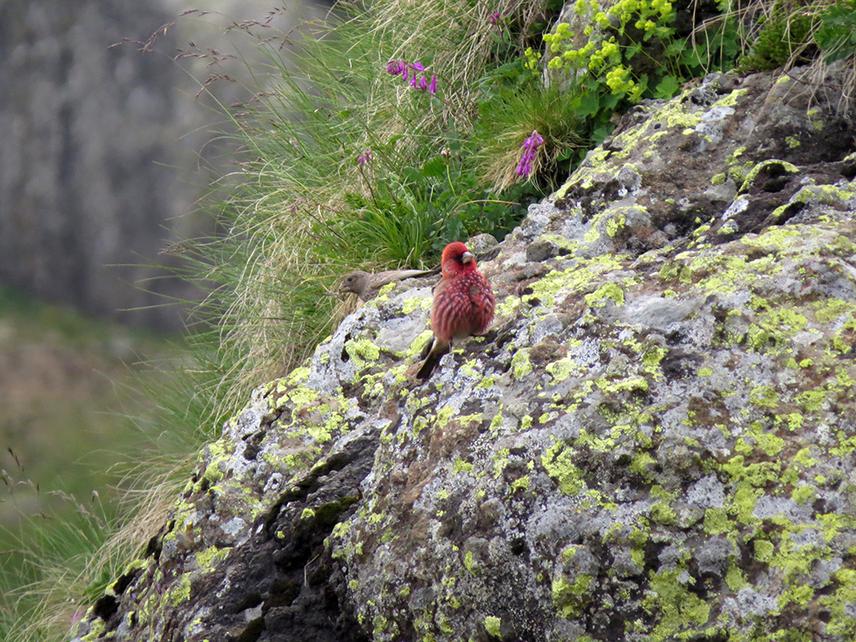Khatia Basilashvili
The aim of this project is to obtain primary data on the fauna of a threatened, but poorly studied habitat within the Caucasus biodiversity hot spot; the Egrisi ridge. Data, essential to planning appropriate conservation actions, will be collected using camera-trapping method. It is planned to obtain primary data on the occurrence and habitat use of the endangered West Caucasian tur (Capra caucasica), a nationally endangered subspecies of Chamois (Rupicapra rupicapra caucasica) and other medium - and large terrestrial mammals on the site. Information obtained will be shared with stakeholders to support proper planning of further monitoring and conservation measures.

There is no data for the faunal diversity, especially on the distribution of endangered species within one of the most important wilderness areas, the emerald network candidate site, Egrisi ridge. The site is habitat for numerous endemic, globally or locally threatened species, including endangered (IUCN) West Caucasian tur, and locally endangered Caucasian subspecies of chamois, with rapidly declined population in last decades.
Camera trapping method will be used to obtain the primary data on occurrence of west Caucasian tur, Caucasian chamois and other terrestrial large and medium mammals on the site. The survey on sub-alpine, alpine and sub-nival habitats of Egrisi ridge will be carried out by placing and periodically monitoring of 30 camera traps throughout the site.
The Survey aims to increase knowledge on biodiversity of poorly studied Egrisi ridge and to promote the planning of appropriate conservation measures on the site. Following primary data will be available:
• Check-list of large and medium-sized mammals inhabiting on the ridge;
• The data on occurrence of endangered west Caucasian tur (Capra caucasica) on the site;
• The data on occurrence of nationally endangered subspecies of chamois (Rupicapra rupicapra caucasica) on the site;
• Also, the baseline information, to support future research of the biodiversity has been planned to be obtained within the study area; (including diurnal activity, seasonal
activity, habitat use, predator-prey impact on target species distribution, etc.);
• The basic knowledge for planning conservation actions will be collected;